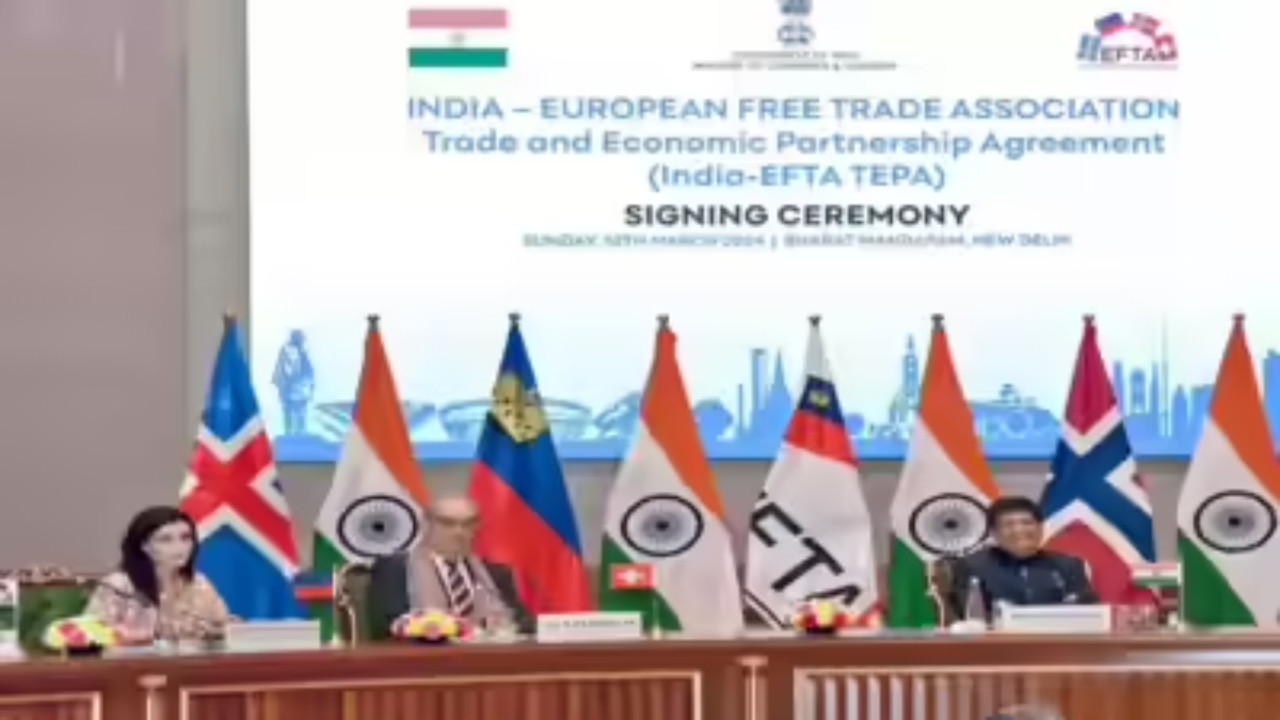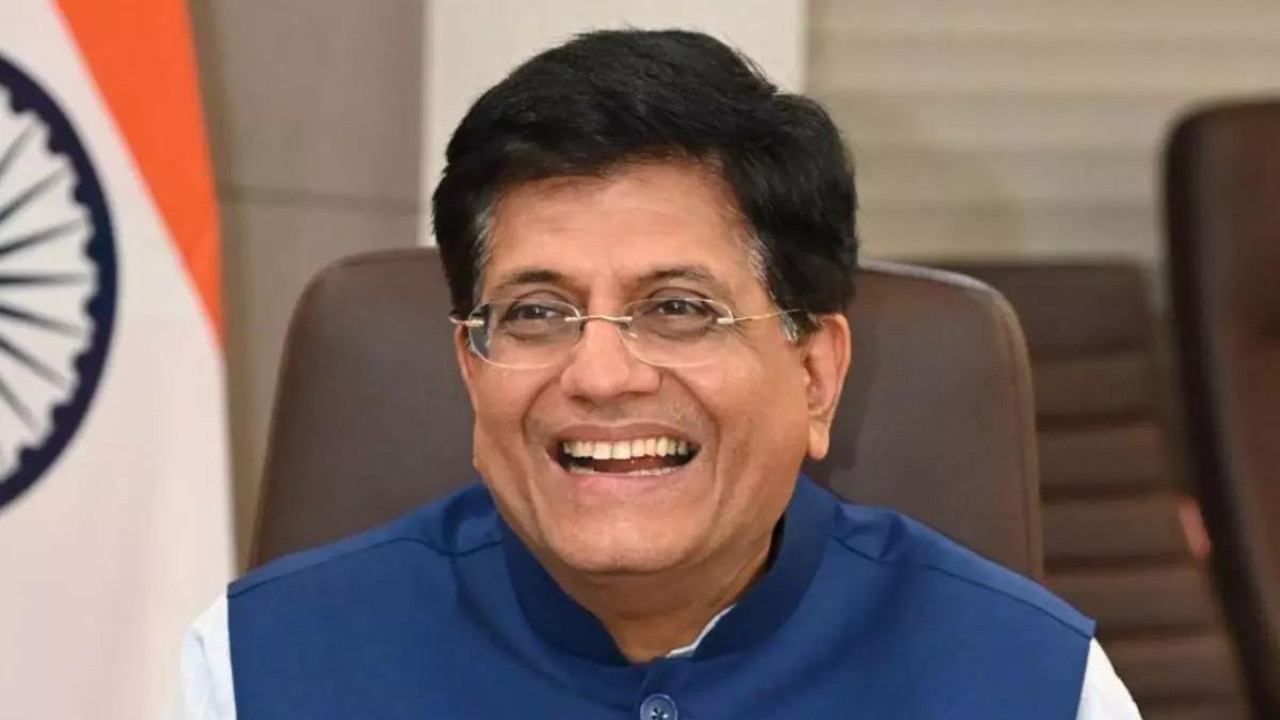Switzerland has ratified the India-EFTA Trade and Economic Partnership Agreement, set to take effect in October. This landmark deal, signed after 16 years of negotiations, aims to boost trade and investment between India and EFTA nations. Swiss Ambassador Maya Tissafi anticipates $100 billion in investments and 10 lakh jobs in India over 15 years.
Swiss Precision Meets Indian Ingenuity: A Trade Deal Set to Transform the Landscape
The Alps are chiming with good news! Switzerland has officially ratified the landmark Trade and Economic Partnership Agreement (TEPA) with India, a move poised to unlock a wave of investment and job creation, significantly strengthening ties between the two nations. This isn’t just another trade agreement; it’s a testament to a shared vision of economic growth and collaboration built on mutual respect and opportunity. The deal, already approved by the Indian government, signals a new era of cooperation with the European Free Trade Association (EFTA) countries – Switzerland, Norway, Iceland, and Liechtenstein.
But what makes this particular agreement so significant? Beyond the usual trade jargon and tariff reductions, the India-EFTA TEPA promises a substantial influx of capital into the Indian economy. We’re talking about a potential $100 billion investment over the next 15 years. That’s a game-changer, folks.
Why India? Why Now?
India’s burgeoning market, skilled workforce, and strategic geopolitical position make it an increasingly attractive destination for foreign investment. For EFTA countries, this agreement represents a chance to diversify their markets and tap into a high-growth economy with immense potential. The agreement isn’t just about access; it’s about partnerships, innovation, and sustainable growth.

Jobs, Jobs, Jobs: A Promise of Prosperity
The economic boost from this investment is projected to create one million direct jobs in India. This isn’t just about numbers; it’s about empowering individuals, families, and communities with sustainable livelihoods. These jobs will span a range of sectors, from manufacturing and infrastructure to technology and services, fostering a more inclusive and resilient economy. The focus on skills development and technology transfer within the agreement will also ensure that the Indian workforce is well-equipped to meet the demands of a rapidly evolving global market.
Beyond the Bottom Line: A Deepening Relationship
This agreement signifies more than just monetary gains. It strengthens the diplomatic bonds between India and the EFTA nations, fostering greater understanding and cooperation on a range of issues. Cultural exchange programs, educational initiatives, and research collaborations are likely to follow, further enriching the relationship between these countries. This deeper connection will pave the way for collaborative solutions to global challenges, from climate change to healthcare innovation.
The Nuts and Bolts: Key Provisions of the Agreement
The India-EFTA free trade agreement focuses on several key areas:
* Tariff Reduction: Gradual elimination of tariffs on a wide range of goods, facilitating smoother and more cost-effective trade. This opens doors for Indian exporters to access EFTA markets and vice versa.
* Intellectual Property Rights: Strong provisions to protect intellectual property, encouraging innovation and creativity. This fosters a secure environment for businesses to invest in research and development.
* Trade Facilitation: Streamlined customs procedures and reduced bureaucratic hurdles, making it easier for businesses to engage in cross-border trade. This lowers transaction costs and improves efficiency.
* Sustainable Development: Commitment to environmental protection and social responsibility, ensuring that economic growth is sustainable and inclusive.
* Investment Promotion: Measures to attract and facilitate foreign investment, creating a conducive environment for businesses to expand their operations in both India and the EFTA countries.
Want to learn more about related trade developments? Check out our article on how India is strengthening its ties with other key global partners: [Link to related article on Indian trade agreements].
A Win-Win Scenario: The Future Looks Bright
The India-EFTA TEPA is a testament to the power of collaboration and a shared vision for economic prosperity. It’s a win-win scenario for all parties involved, fostering growth, innovation, and job creation. As the agreement comes into effect, we can expect to see a significant increase in trade and investment flows between India and the EFTA countries, transforming the economic landscape and creating new opportunities for businesses and individuals alike. This agreement sets a new benchmark for international trade agreements, demonstrating that economic growth and sustainable development can go hand in hand. The ratified trade agreement could very well set a precedent for future collaborations.







